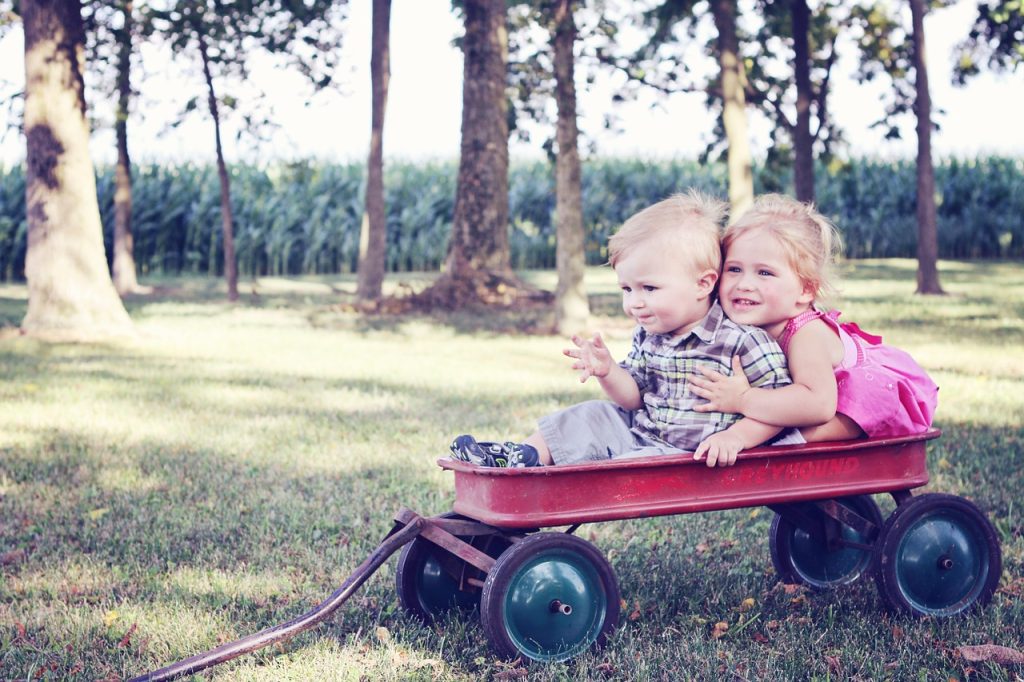Risks, in general, are seen as a bad thing. Parents and child carers are told to minimise risks, to make things safer, to always be careful and pay attention, ready to swoop in the moment there’s danger. But what if this is a bad thing? Are we going to far?
Of course we don’t mean giving children uncooked chicken to eat, or letting them practice their new found cycling ability next to the river, we mean sensible risks. Perhaps instead of removing all the hazards teaching children to respect dangers and deal with them safely would help them lean. instead of hovering and catching children before they hit the ground allowing them to fall from a safe height and feel the effect of letting go and the point where they went too far.
Risk takers are often more successful in later life. All entrepreneurs are risk takers and we are constantly encouraging children to try things and give it a go. If we don’t leave children the space to take risks they won’t feel comfortable taking them later on. If we constantly say ‘no’ or ‘careful’ before they’ve even begun we take away their curiosity and their ability to exercise their own sense of caution.
But what are the risks we can safely allow children to take, and for childcarers how do we bring this up with parents?
Whenever we assess risk we perform a mental calculation. How badly might this go wrong, and how likely is it that it will go wrong or badly wrong? If we see that something could go very badly wrong but it’s highly unlikely to then we deem it safe. If it’s highly likely to go wrong but even if it goes wrong we won’t end up hurt then we will probably think it’s safe to try as well. Most risks to children relate to physical injury so the first port of call is how can a child hurt themselves if we let them do something. It feels unnatural to let a child hurt themself, but in fact we let it happen all the time when they’re learning to walk or learning to run, and we can be there unobtrusively to prevent a major disaster, for example being behind them as they try to climb the steps of a slide for the first time.
Letting children take risks also means letting them figure things out on their own. A child who is stuck at the top of a slide sometimes needs a few moments to work out how to sit down rather than an adult picking them up and putting them on the floor. Or they need someone to coach them through it, a role that can be fulfilled by another child and not necessarily an adult. Doing something without an adult’s help gives a child a real confidence boost, even if the help provided was exactly the same.
Bringing this up with parents is a tricky one, though. You can gently gauge the level of risk that parents are comfortable with by finding out what they let their child do alone first. You can also ask them how they would prefer to be notified on any MINOR bumps and scrapes. A parent who says ‘just tell me a the end of the day, these things happen’ is probably going to be more risk friendly than one who says ‘call me as soon as you get to the hospital’.
Of course the key is to be sensible but a little risk can bring a lot of reward. Now where did we put that lottery ticket?

